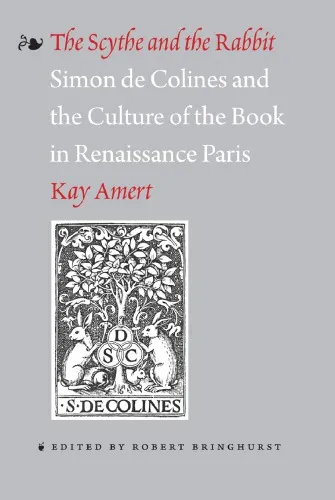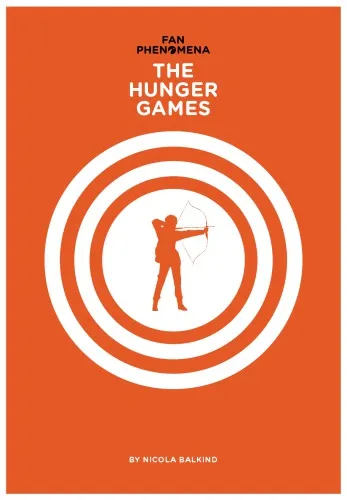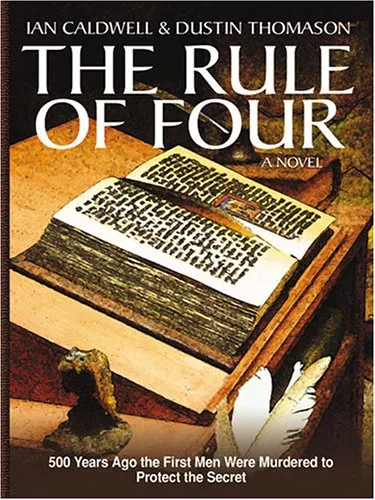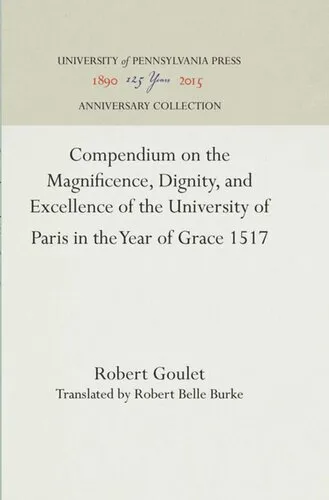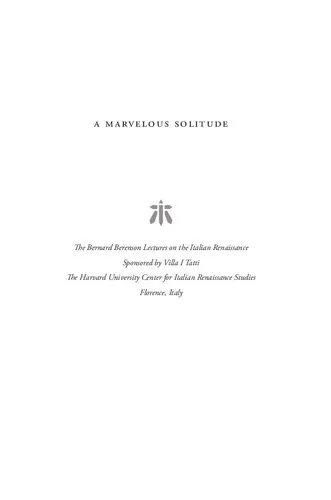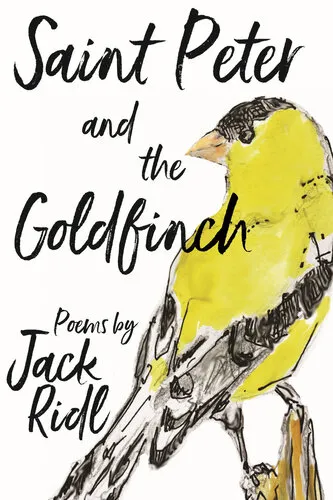The Scythe and the Rabbit: Simon de Colines and the Culture of the Book in Renaissance Paris
4.5
Reviews from our users

You Can Ask your questions from this book's AI after Login
Each download or ask from book AI costs 2 points. To earn more free points, please visit the Points Guide Page and complete some valuable actions.Related Refrences:
Unveiling the intricate tapestry of Renaissance Paris through the lens of one of its most pivotal figures, "The Scythe and the Rabbit: Simon de Colines and the Culture of the Book in Renaissance Paris" provides a captivating exploration of the birth and evolution of book culture and typography during the 16th century.
Detailed Summary
Simon de Colines stands as an emblematic figure in the history of printing and publishing. Amidst the vibrant and tumultuous backdrop of Renaissance Paris, his contributions to typography and design language echo through the corridors of book history to this day. The book meticulously delves into Colines's journey from a printer working in the shadow of more famous contemporaries to becoming a distinguished figure in his own right. Kay Amert, with the editorial guidance of Robert Bringhurst, navigates through Colines's lifetime, emphasizing his innovative approach to typography, his collaboration with key Renaissance humanists, and his role in establishing a culture where books became a conduit for intellectual progression.
Throughout its chapters, the book dissects the technical advancements that Colines brought to the fore, such as his refinement of Roman and Italic typefaces and his pioneering of scientific and classical texts. Amert's scholarship paints a vivid picture of Colines's dedication to quality and his nuanced understanding of the aesthetic and functional aspects of book design. This detailed narrative not only enriches our understanding of Colines but also sheds light on the broader historical, social, and economic factors that shaped the printing industry of that era.
Key Takeaways
- Innovation in Typography: Colines's contributions to typeface design were groundbreaking. His efforts in developing and popularizing more legible and aesthetically pleasing fonts laid the groundwork for modern typography.
- Integration of Art and Science: By combining classical artistry with scientific precision, Colines was able to produce works that were both visually appealing and technically advanced, securing his legacy as a master printer.
- Intellectual Partnerships: Colines’s collaborations with humanists and scholars significantly influenced the dissemination of knowledge during the Renaissance. This emphasizes the collaborative nature of intellectual and cultural development.
- Impact on Book Culture: The book highlights how the innovations of figures like Colines were critical in making books more accessible to the public and fostering a culture of reading and education.
Famous Quotes from the Book
“In the hands of Simon de Colines, the book became an instrument of enlightenment, a bridge between art and science, and a testament to the enduring power of the written word.”
“To trace the path of Simon de Colines is to trace the path of the Renaissance itself—rich, complex, and transformative.”
Why This Book Matters
Understanding the cultural and technological shifts during the Renaissance is crucial to appreciating the modern literary landscape. "The Scythe and the Rabbit" not only chronicles the life of Simon de Colines but also immerses the reader in the profound changes taking place in society as books transitioned from being rare and expensive to more accessible artifacts of learning and leisure. The text signifies the marriage of content and form in the printed book and highlights the importance of design in communicating complex ideas. For students, historians, and bibliophiles alike, Amert's examination presents an unparalleled opportunity to delve into the origins of modern print culture and the individuals who shaped its course.
As such, "The Scythe and the Rabbit" stands as a testament to the power of the printed word and the enduring legacy of those who dedicated their lives to its perfection. It reinforces the pivotal role that print and typography have played in shaping human knowledge and cultural expression.
Free Direct Download
You Can Download this book after Login
Accessing books through legal platforms and public libraries not only supports the rights of authors and publishers but also contributes to the sustainability of reading culture. Before downloading, please take a moment to consider these options.
Find this book on other platforms:
WorldCat helps you find books in libraries worldwide.
See ratings, reviews, and discussions on Goodreads.
Find and buy rare or used books on AbeBooks.
1348
بازدید4.5
امتیاز0
نظر98%
رضایتReviews:
4.5
Based on 0 users review
Questions & Answers
Ask questions about this book or help others by answering
No questions yet. Be the first to ask!
